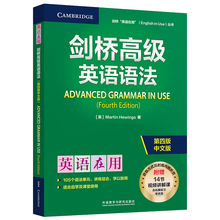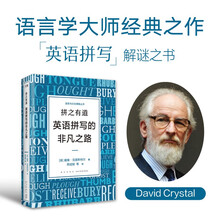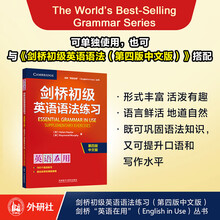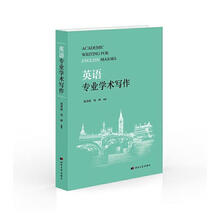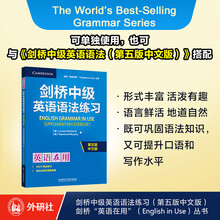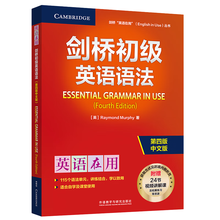3. Transfer. In transfer, advertisers try to improve the image of a product by associating it with a symbol most people respect, like the American flag or Uncle Sam. The advertisers hope that the prestige attached to the symbol will carry over to the product. Many companies use transfer devices to identify their products: Lincoln Insurance shows a profile of the President; Continental Insurance portrays a Revolutionary War minuteman; Amtrak's logo is red, white, and blue; Liberty Mutual's corporate symbol is the Statue of Liberty; Allstate's name is cradled by a pair of protective, fatherly hands.
Corporations also use the transfer technique when they sponsor prestigious shows on radio and television. These shows function as symbols of dignity and class. Kraft Corporation, for instance, sponsored a "Leonard Bernstein Conducts Beethoven" concert, while Gulf Oil is the sponsor of Nationa/ Geographic speaals and Mobil supports public television's Masterpiece Theater. In this way, corpo-
rations can reach an educated, influential audience and, perhaps, improve their public image by associating themselves with quality programming.
Political ads, of course, practically wrap themselves in the flag. Ads for a political candidate often show either the Washington Monument, a Fourth of July parade, the Stars and Stripes, a bald eagle soaring over the mountains, or a white-steepled church on the village green, The national anthem or "America the Beautiful" may play in the background. Such appeals to Americans' love of country can surround the candidate with an aura of patriotism and integrity.
4. Testimonial. The testimonial is one of advertisers' most-loved and most-used propaganda techniques. Similar to the transfer device, the testimonial capitalizes on the admiration people have for a celebrity to make the product shine more brightly-even though the celebrity is not an expert on the product being sold.
Print and television ads offer a nonstop parade of testimonials: here's WilliamShatner for Priceline.com; here's basketball star Michael Jordan eating Wheat-ies; a slew of well-known people (inclouding pop star Madonna) advertise clothing from the Gap; and Jerry Seinfeld assures us he never goes anywhere without his American Express card. Testimonials can sell movies, too; newspaper ads for filmsoften fenature favorable comments by well-known reviewers. And, in recent years,testimonials have played an important role in pitching books; the backs of paper-backs frequently list complimentary blurbs by celebrities.
Political candidates, as well as their ad agencies, know the value of testimo-nials. Barbra Streisand lent her star appeal to the presidential campaign of Bill Clinton, while Arnold Schwarzenegger endorsed George Bush. Even controversial social issues are debated by celebrities. The nuclear freeze, for instance, starred Paul Newman for the pro side and Charlton Heston for the con.
As illogical as testimonials sometimes are (Pepsi's Mii:hael Jackson, for in-stance, is a health-food adherent who does not drink soft drinks), they are effec-tive propaganda. We like the person so much that we like the product too.
5. Plain Folks. The plain folks approach says, in effect, "Buy me or vote for me.
I'm just like you." Regular folks will surely' Like Bob Evans's Down on the Farm Coun-try Sausage or good old-fashioned Country time Lemonade. Some ads emphasize the idea that:we're all in the same boat." We see people making long-distance calls for just the reasons we do-to put the baby on the phone to Grandma or to tell Mom we love her. And how do these folksy, warmhearted (usually saccharine) scenes affect us? They're supposed to make us feel that AT&T-the multinational corporate giant-has the same values we do. Similarly, we are introduced to the little people at Ford, the ordinary folks who work on the assembly line, not to bigwigs in their executive offices, What's the purpose of such an approach? To encourage us to buy a car built by these honest, hardworking "everyday Joes"who care about quality as much as we do.
Political advertisements make almost as much use of the "plain folks" ap-peal as they do of transfer devices. Candidates wear hard hats, farmers' caps, and assembly-line coveralls. They jog around the block and carry their own luggage through the airport. The idea is to convince voters that the candidates are average people, not the elite-not wealthy lawyers or executives but common citizens.
6. Card Stacking. When people say that "the cards were stacked against me," they mean that they were never given a fair chance. Applied to propaganda, card stacking means that one side may suppress or distort evidence, tell half-truths, oversimplify the facts, or set up a "straw man"-a false target-to divert attention from the issue at hand. Card stacking is a difficult form of propaganda both to detect and to combat. When a candidate claims that an opponent has "changed his mind five times on this important issue," we tend to accept the claim with out investigating whether the candidate had good reasons for changing his mind. Many people are simply swayed by the distorted claim that the candidate is "waf-fling" on the issue.
Advertisers often stack the cards in favor of the products they are pushing. They may, for instance, use what are called "weasel words." These are small words that usually slip right past us, but that make the difference between reality and illusion. The weasel words are underlined in the following claims:
"Helps control dandruff symptoms." (The audience usually interprets this as stops dandruff.)
"Most dentists surveyed recommend sugarless gum for their patients who chew gum." (We hear the "most dentist" and "for their patients," but we don't think about how many were surveyed or whether or not the dentists first recommended that the patients not chew gum at all.)
"Sticker price $1,OOOlowerthan most comparable cars." (How many is "most"?What car does the advertiser consider "comparable"?)
Advertisers also use a card stacking trick when they make an unfinished claim. For example, they will say that their product has "twice as much pain reliever." We are left with a favorable impression. We don’t usually ask, "Twice as much pain reliever as what?" Or advertisers may make extremely vague claims that sound alluring but have no substance: Toyota's "Oh, what a feeling!"; Vantage ciga-rettes' "the taste of success"; "The spirit of Marlboro"; Coke's "the real thing." Another way to stack the cards in favor of a certain product is to use scientific-sounding claims that are not supported by sound research. When Ford claimed that its LTD model was "400% quieter," many people assumed that its LTD must be quieter than all other cars. When taken to court, however, Ford admitted that the phrase referred to the difference between the noise level inside and outside the LTD. Other scientific-sounding claims use mysterious ingredients that are never explained as selling points: Retsyn, "special whitening agents," "the ingredient doctors recommend."
7. Bandwagon. In the bandwagon technique, advertisers pressure, "Everyone's doing it. Why don't you?" This kind of propaganda often succeeds because many people have a deep desire not to be different. Political ads tell us to vote for the "winning candidate." The advertisers know we tend to feel comfortable doing hat others do; we want to be on the winning team. Or ads show a series of peo-ple proclaiming, "I'm voting for the Senator. I don't know why anyone wouldn't."Again, the audience feels under pressure to conform.
……
展开

